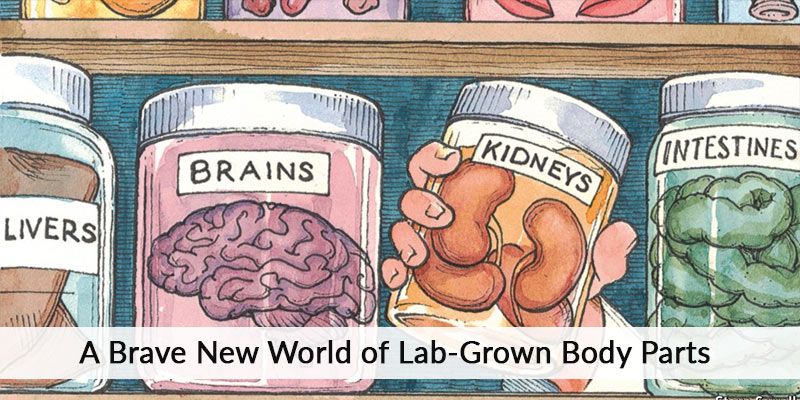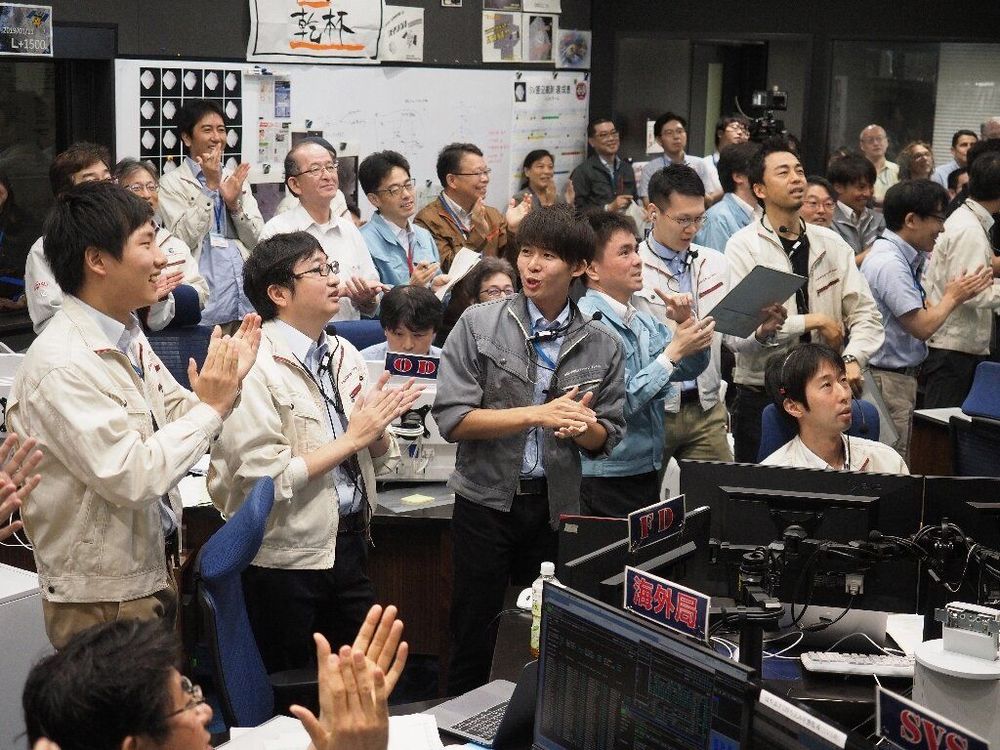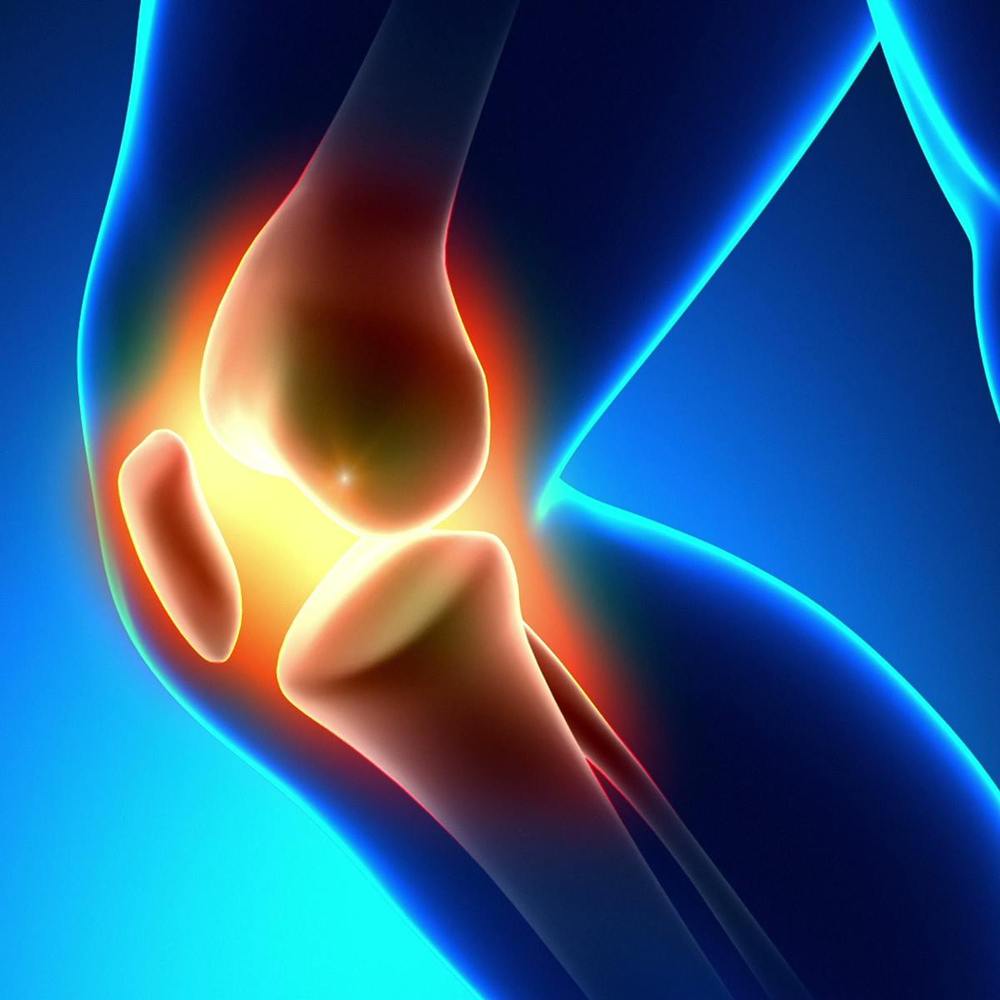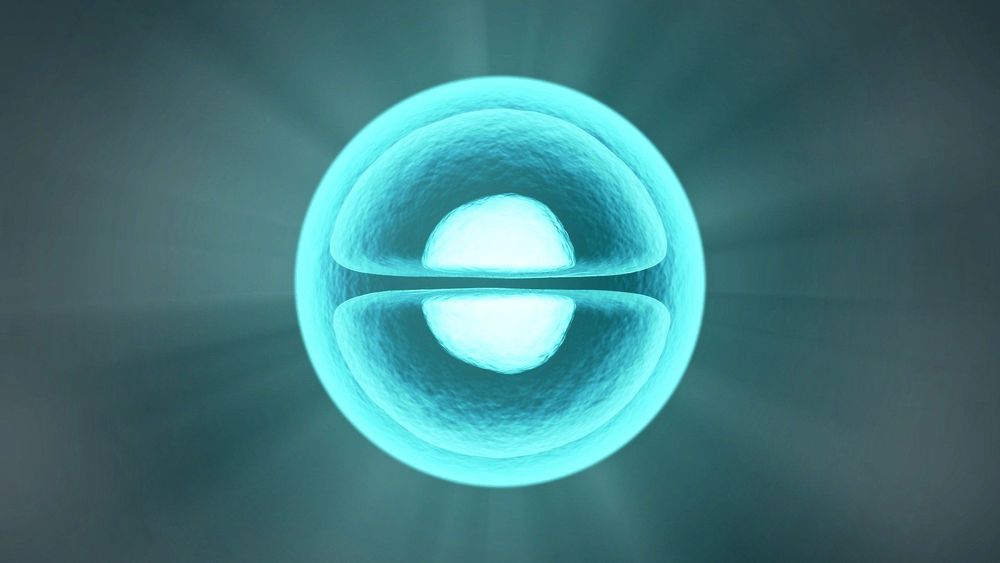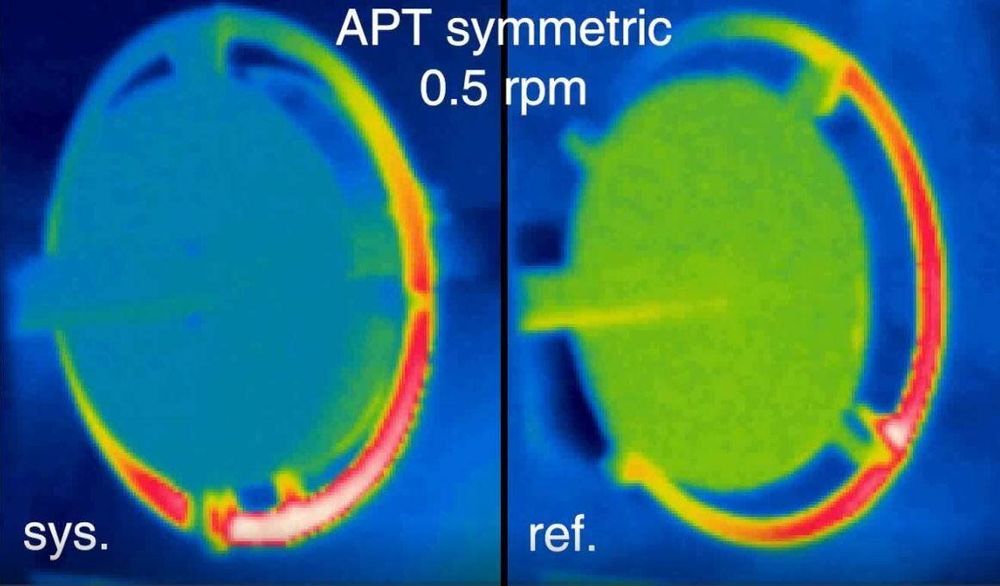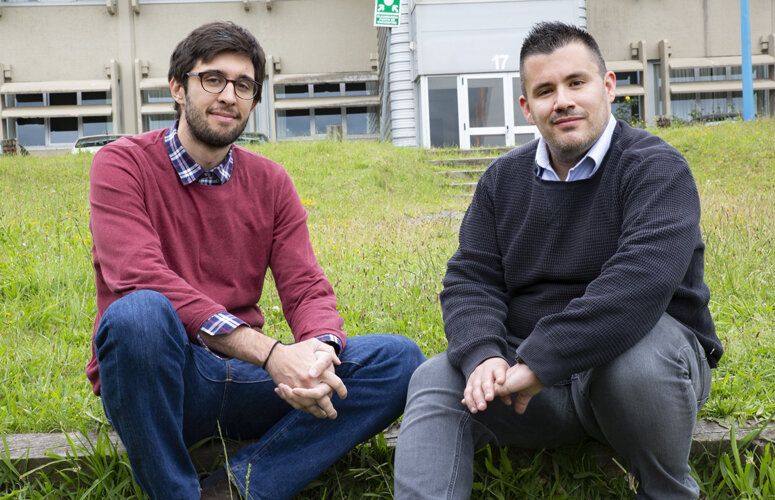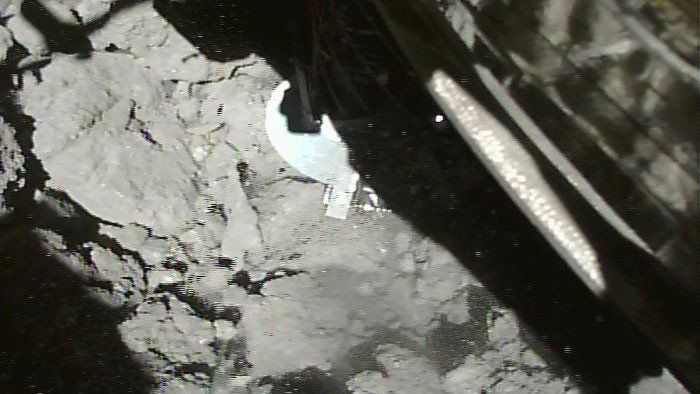Jul 11, 2019
Scientists make progress in understanding the gut microbiome’s role in individual response to diet
Posted by Genevieve Klien in category: food
A new study, led by Dr. Dan Knights from the University of Minnesota (USA), has found that the gut microbiome responds more to particular foods than to combinations of nutrients and that microbiome responses to diet are personalized.
The researchers studied the impact of habitual diet on the gut microbiome in 34 subjects for 17 consecutive days. Both the fecal microbiome and the participants’ diet were sampled every day through shotgun metagenomic sequencing and daily 24-hour dietary records, respectively.
Although the relative abundance of gut microbial species showed a high variation within and between individuals, functional traits tended to remain stable across individuals. In contrast, a specific group of functions related to stress response, the conversion of nitrate to nitrogen and the conversion of formate to methane showed a high interindividual variability that did not correlate with nutrient and food intake.

